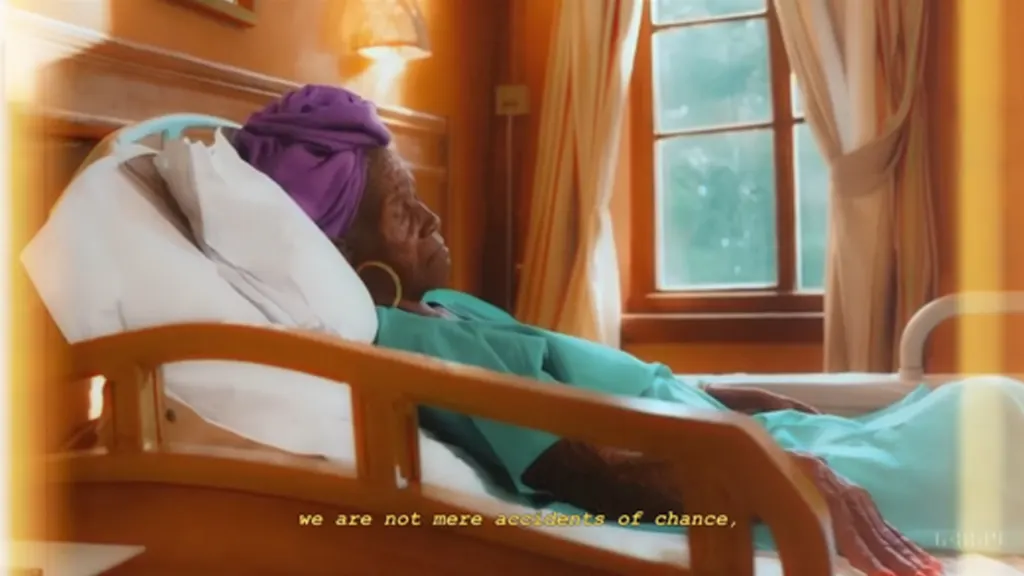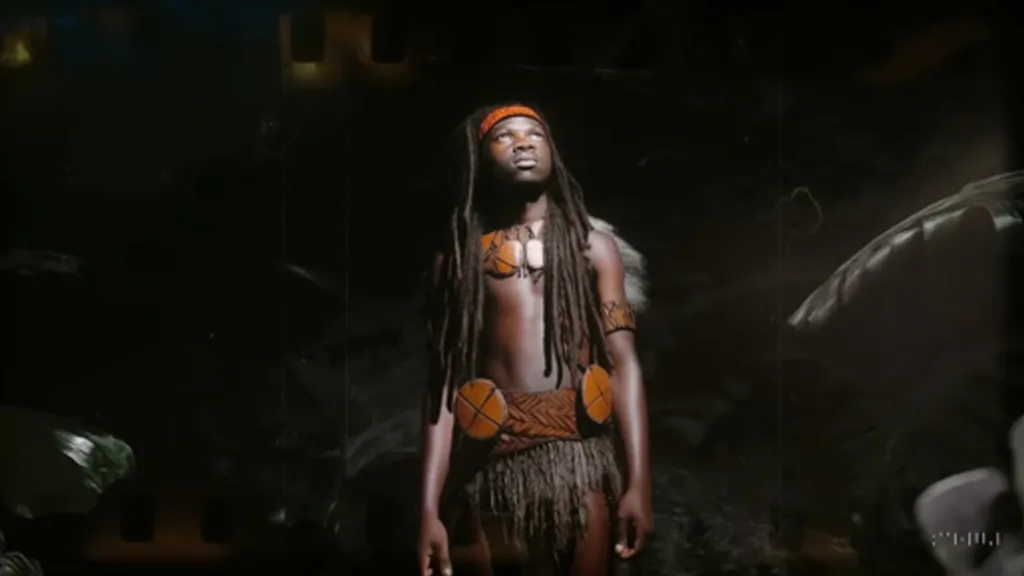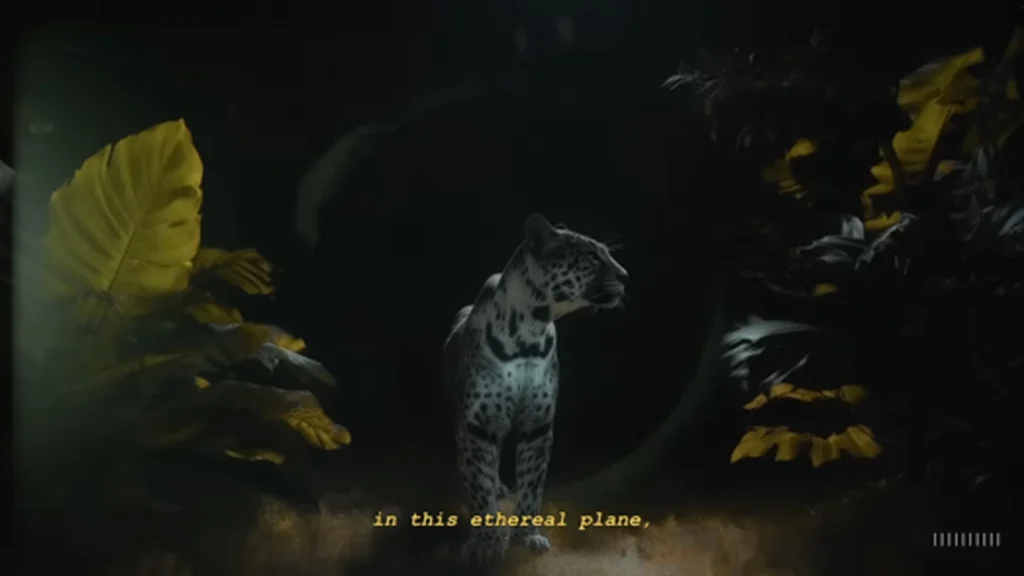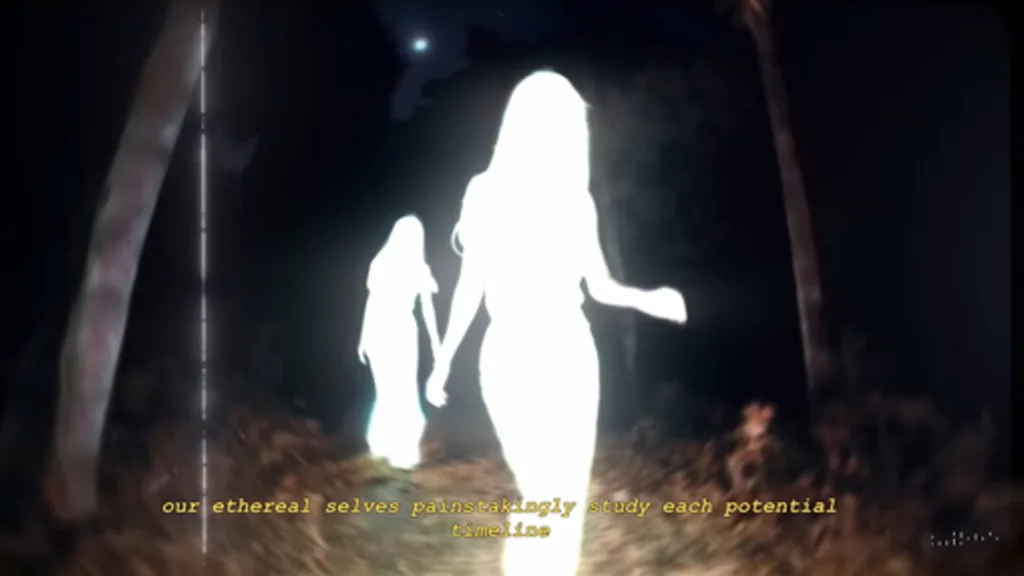Between the hype and the horror of artificial intelligence, Manuel Sainsily and Will Selviz are pushing the ethical, technical, and artistic possibilities of the technology. In a new 1:34 minute short film called Protopica, Sainsily and Selviz use OpenAI’s Sora to demonstrate how AI could support cultural preservation instead of accelerating processes of cultural appropriation (i.e. the theft and commercialization of cultures by others).
OpenAI invited Sainsily and Selviz to be one of eight artists who, according to OpenAI’s website, will “advance the model to be most helpful for creative professionals.” Sainsily, an Advocate at Unity Technologies, and Selviz, a multidisciplinary new media technology designer through his company Rendrd, have applied their early access to Sora to the preservation of the language and culture of the islands of Guadeloupe, a French department in the southern Caribbean Sea.

Protopica’s story begins with an image of an old woman with warm, dark-brown skin in a purple headwrap, gold hoop earrings, and blue dress. She is laying in a bed of white sheets in a yellow bedroom with a window to a garden. The scene is beautiful, but still maintains the uncanny-valley effect that is seen in the other AI-generated videos, for example, the Harry Potter characters as Asians in social media memes.

The voiceover starts in a language that at first sounds like French, but is actually Guadeloupean Creole. A purple butterfly guides the viewer out of the room into various scenes of dreamlike dark exteriors with glowing white figures who transform into animals and dancing humans. These scenes escape the uncanny valley and show the viewer cinematography not seen before in AI. The film concludes with the image of a baby with warm dark brown skin in a purple cap and blue gown.

Sainsily and Selviz’s partnership comes out of a shared lived experience of cultural dislocation and its effect on the languages “back home.” Of Venezuelan and Trinidadian heritages, Selviz has experienced the longing for home and culture, from having grown up in Kuwait to now working in Canada. Sainsily, who was born and raised in the islands of Guadeloupe, but now lives in Canada, says: “We’re really on the edge of technology, having a blast, and trying to also define it in a way that represents the people that we represent. We use it in different ways, so our voice deserves to also be heard.”
Following any filmmaker’s journey, Sainsily and Selviz began the process of making Protopica with research, specifically on Afro-Caribbean cultures. Drawing from their lived experiences as Afro-Caribbean people, they augmented that experiential knowledge with archival and visual reference research. Before engaging Sora, they looked to their own past projects focused on Afro-Caribbean representations in DALL-E 2 for images and Chat GPT for story/text. They decided on the opening and closing images of the elder and baby from which the story of rebirth and soul’s purpose would flow. The research served as visual references to help guide the textual prompts for Sora to generate images.

They took special care in using AI to focus on eliminating repetitive tasks. “We didn’t want to involve artificial intelligence until the right moments of our creative process,” says Selviz, “The tools are amazing, but it’s also important to keep an eye on how much agency we have in our creative process.”
Those right moments included producing multiple iterations of the script, for example the original voiceover was in English, but Sainsily created a customGPT trained with Guadeloupean Creole, a language spoken by over 430,000 people and consisting of a mixture of French, English, Spanish, Bantu, and Amerindian languages. He used the final script to provide the voiceover in Guadeloupean Creole. Another was using Sora to generate the variations of images from their text prompts. Skilled curation was required to select, from the over 800 shots, the final 26 shots. The last moment was using Sora to create tricky transitions from one clip to another, which would have taken a VXF artist months to do.
AI for Cultural Preservation not Appropriation
“Our dream with Protopia is to work with delegations or countries that want to figure out a way that their people can leverage this technology so that their culture and languages can live on,” says Selviz.
Both Sainsily and Selviz are digital natives with close kin providing childhood access to advanced technologies. Sainsily recalls sitting with his father, a Guadeloupean artist, while he combined CGI with traditional art in the early 90s. Selviz talks about his tech education coming from his cousin, a programmer in Venezuela. Both understand the issues and concerns with advanced technologies such as generative-AI. Sainsily’s professional work even now at Unity Technologies, has operated at the intersection of technology, ethics, and culture, starting in 2013 as a UX Designer, and evolving as a Lead XR Designer at IBM and Haptics Researcher at Immersion in Canada.

Selviz says, “Our approach does not solve the problem, but it proposes a way of navigating it that people can feel like they can still keep their humanity and belong in this future that uses AI at a larger scale.”
They offer the Protopica film as the tangible proposition. Since its launch on July 16, 2024, the Protopica video has garnered over 500,000 views across multiple platforms. Sainsily and Selviz set up a free Patreon group on the Protopica website that invites directors, filmmakers, writers, researchers, educators, librarians, and other cultural preservationists to expand the network and keep the conversations going.
And it is the Protopica community that is most important to them both. Sainsily says, “We are just trying to hint at the message about the sense of community and how everybody can really use this tool [Sora] responsibly to inspire and help people.”